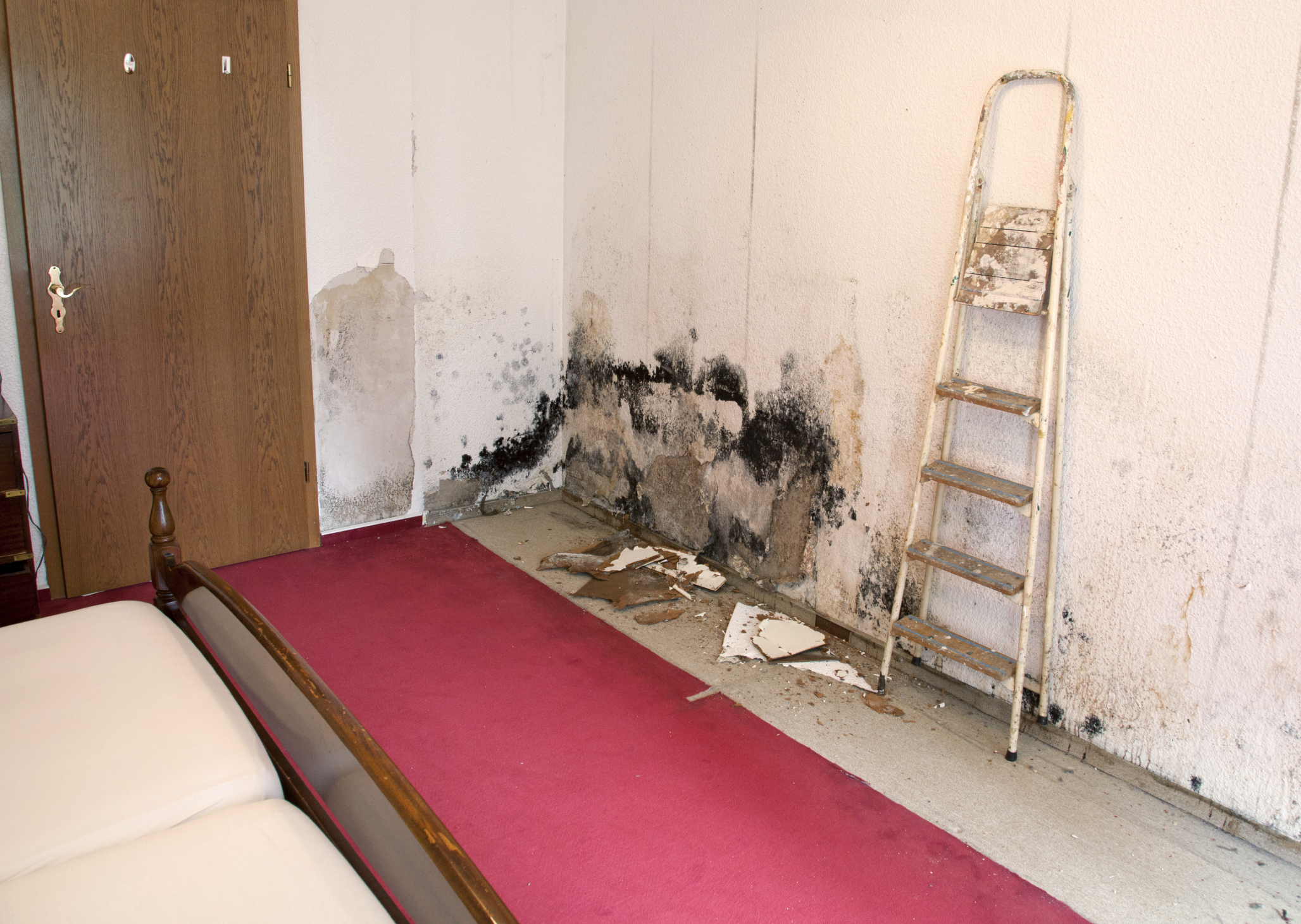Mold… it’s all around us and often times we don’t even know. Mold becomes a problem when it begins to cause health problems or begins to give off its signature musty odor. Chances are, if you’re having persistent respiratory issues for no apparent reason or notice a musty smell that you cannot pin point the location of, you probably have mold. Mold testing is sometimes the best way to identify whether you have mold or not and what steps you should take to eliminate the problem.
How To Test For Mold In Your Home
Visual Inspection – Due to mold not being able to grow without moisture, sources of moisture should be the focal points of your investigation. Have a thorough visual inspection of your structure. This includes the attic, basement and even crawl spaces.
Examine Heating, Ventilation and Air Conditioning – Check the moisture content of floors, walls and ceilings. Look beneath surfaces and all water-damaged areas. Test humidity in the indoor air, using a calibrated meter.
Specimen Collection – A mold inspector does this type of testing. By having a professional mold inspector handle this, you will be assured that throughout this portion of the inspection, there is consistency in collection protocols. While doing so, minimizing the chances of sample contamination.
Professional mold inspectors have specialized equipment that allows them to collect specimens from:
Indoor Air – Primarily, these samples test and determine airborne mold spore counts. In certain cases where the mold needs to be identified, a collection plate with a growth medium is placed in a viable impactor, or microbial particle sampler, in which on hour of spore settling time is replicated in five minutes.
Carpeting – Carpet samples are collected with a system developed to identify both total and viable fungal spores in dust. The system involves sweeping carpeting with a vacuum. The collected dust can be analyzed for total and viable fungal spores, as well as allergens.
Contaminated Material – It is often times necessary to remove and test a small piece of material that is affected. These samples are always collected without marring appearances, whenever possible.
Water From Drain Pans Or Cooling Towers – This will be an indicator if there is mold contamination in the immediate water source or if it is from the main source.
What To Do With Collected Mold Samples
After the sample collection process is complete, the right samples should be microscopically examined by a certified laboratory that allows for the testing of the mold sampled. This process is normally quick and you should have results within a few days. Once the certified mold laboratory finishes their analysis, you will receive a written report about the findings and results of the testing done. This report is often sent to the mold inspector who took the samples and they will be forwarded to you immediately.
Having finished the testing, you will know for sure if you have mold growing in your structure. With these results, you can now take the necessary steps needed in removing the problem.
If your mold test results show mold growth, you might want to contact a professional mold remediation company. With your test results, they will be able to take the necessary steps in removing the mold problem and establish a plan to prevent it from happening again. If you’re residing in the South Central PA or Norther MD area’s than consider giving ASJ a call. ASJ offers both mold testing and mold remediation services. Contact ASJ today for a free estimate and take care of your mold problems today!
ASJ Emergency Restoration & Cleaning


